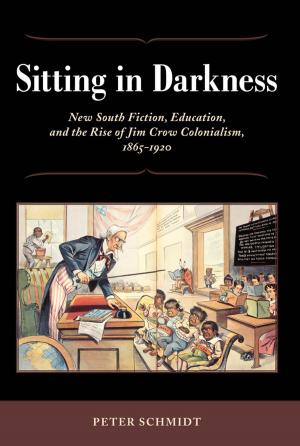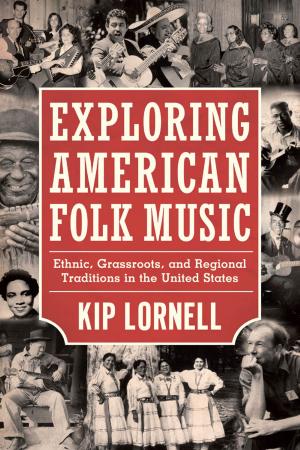Growing Up Asian American in Young Adult Fiction
Fiction & Literature, Literary Theory & Criticism, Children&, American, Nonfiction, Social & Cultural Studies, Social Science, Cultural Studies, Ethnic Studies| Author: | ISBN: | 9781496815071 | |
| Publisher: | University Press of Mississippi | Publication: | November 20, 2017 |
| Imprint: | University Press of Mississippi | Language: | English |
| Author: | |
| ISBN: | 9781496815071 |
| Publisher: | University Press of Mississippi |
| Publication: | November 20, 2017 |
| Imprint: | University Press of Mississippi |
| Language: | English |
Contributions by Hena Ahmad, Linda Pierce Allen, Mary J. Henderson Couzelis, Sarah Park Dahlen, Lan Dong, Tomo Hattori, Jennifer Ho, Ymitri Mathison, Leah Milne, Joy Takako Taylor, and Traise Yamamoto
Often referred to as the model minority, Asian American children and adolescents feel pressured to perform academically and be disinterested in sports, with the exception of martial arts. Boys are often stereotyped as physically unattractive nerds and girls as petite and beautiful. Many Americans remain unaware of the diversity of ethnicities and races the term Asian American comprises, with Asian American adolescents proving to be more invisible than adults. As a result, Asian American adolescents are continually searching for their identity and own place in American society. For these kids, being or considered to be American becomes a challenge in itself as they assert their Asian and American identities; claim their own ethnic identity, be they immigrant or American-born; and negotiate their ethnic communities.
The contributors to Growing Up Asian American in Young Adult Fiction focus on moving beyond stereotypes to examine how Asian American children and adolescents define their unique identities. Chapters focus on primary texts from many ethnicities, such as Chinese, Korean, Filipino, Japanese, Vietnamese, South Asian, and Hawaiian. Individual chapters, crossing cultural, linguistic, and racial boundaries, negotiate the complex terrain of Asian American children’s and teenagers’ identities. Chapters cover such topics as internalized racism and self-loathing; hypersexualization of Asian American females in graphic novels; interracial friendships; transnational adoptions and birth searches; food as a means of assimilation and resistance; commodity racism and the tourist gaze; the hostile and alienating environment generated by the War on Terror; and many other topics.
Contributions by Hena Ahmad, Linda Pierce Allen, Mary J. Henderson Couzelis, Sarah Park Dahlen, Lan Dong, Tomo Hattori, Jennifer Ho, Ymitri Mathison, Leah Milne, Joy Takako Taylor, and Traise Yamamoto
Often referred to as the model minority, Asian American children and adolescents feel pressured to perform academically and be disinterested in sports, with the exception of martial arts. Boys are often stereotyped as physically unattractive nerds and girls as petite and beautiful. Many Americans remain unaware of the diversity of ethnicities and races the term Asian American comprises, with Asian American adolescents proving to be more invisible than adults. As a result, Asian American adolescents are continually searching for their identity and own place in American society. For these kids, being or considered to be American becomes a challenge in itself as they assert their Asian and American identities; claim their own ethnic identity, be they immigrant or American-born; and negotiate their ethnic communities.
The contributors to Growing Up Asian American in Young Adult Fiction focus on moving beyond stereotypes to examine how Asian American children and adolescents define their unique identities. Chapters focus on primary texts from many ethnicities, such as Chinese, Korean, Filipino, Japanese, Vietnamese, South Asian, and Hawaiian. Individual chapters, crossing cultural, linguistic, and racial boundaries, negotiate the complex terrain of Asian American children’s and teenagers’ identities. Chapters cover such topics as internalized racism and self-loathing; hypersexualization of Asian American females in graphic novels; interracial friendships; transnational adoptions and birth searches; food as a means of assimilation and resistance; commodity racism and the tourist gaze; the hostile and alienating environment generated by the War on Terror; and many other topics.















